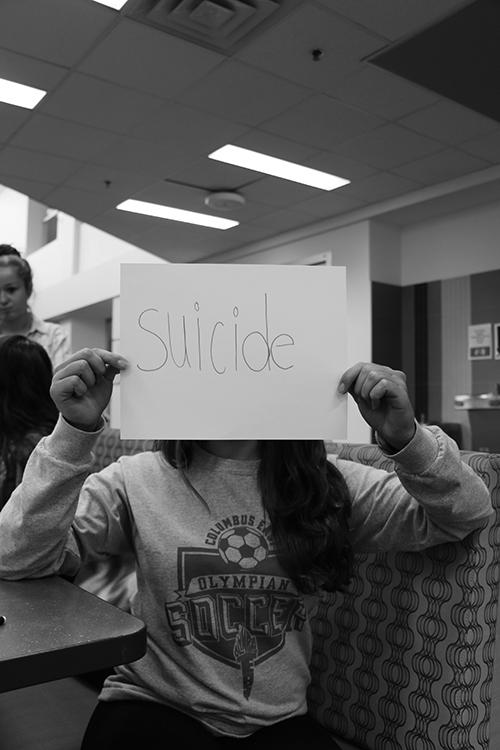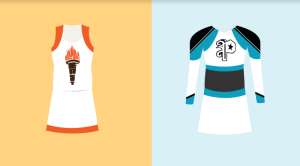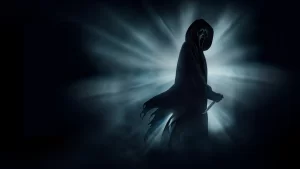Suicide and Depression Stigmas: Through the Generations
November 13, 2015
American society has had evolving views of suicide throughout the generations. Whether it’s evolving with the taboos or outlooks, the subject is undoubtedly changing.
If you ask your parents about the topic, you likely will be reminded of the seriousness of the situation. But this response doesn’t really give us the view of the subject from the eyes of an older person.
If asked to elaborate, compared to how the topic is dealt with today, the answers can be quite shocking.
“I grew up in Jennings County in the ‘60s and ’70s, and you didn’t talk about it,”said Jeff Burgmeier, a Special Education and Social Studies teacher at Columbus East.
When asked about how suicide and depression were viewed in his childhood community, Burgmeier stated that they were silenced topics – not being spoken about often, if at all.
This was the common answer when asked among older generation people. This was their way of trying to combat it. Whether this was the right way or not, it’s how it was.
Throughout the 2000s, social media undoubtedly rose in popularity. This perfect idea to keep people connected and friendly lead to negativity with topics such as cyberbullying and social disconnection.
“I would like to see online [connections] and social [media] go away; it’s not a physical connection,” Burgmeier said.
Information from Suicide Awareness Voices of Education,a nonprofit organization started by Adina Wrobleski to raise awareness of suicide publically, support this reasoning. Statistics show that from 1986 to 2000 suicide rates dropped significantly, and then rose again 2000 to 2013.
The point being made by Burgmeier is that with the rise of social media and online interactions, the tradition of physically being connected and constantly being surrounded by friends is decreasing/dwindling
Getting rid of heavy social media influences is going to be difficult, but after asking other teachers and older peers the answer was pretty simple.
“One of the main things, is that every student needs to feel like they are cared about,” said Sherry Settle, an East Science teacher.
Not only should students be cared about, but they should also carefully be taught through school. The importance of knowing signs and picking up on cues could save a life.
This is what could separate us from past generations. According to Settle, she barely heard about it growing up.
So, should more have been done through past generations to bring awareness? Or is this topic already well brought up?
Awareness is always going to be important, but awareness after the fact can prove itself somewhat useless. But people don’t see the importance of an issue until it is current and relevant.
Much like required sexual education, signs of suicide and depression can be taught in a forty five minute period in an early grade. This increases the likelihood that students will be able to pick up on the signs of suicide.
Should the behavior towards suicide in the past be frowned upon and shamed? Obviously, not. But instead we should use this to build our growing society into a stronger and better community.
As the saying goes, those who fail to learn from history are doomed to repeat it. So, as a community, let’s move forward in our never ending quest to bring end to things such as depression and suicide.
Originally featured in The Oracle







